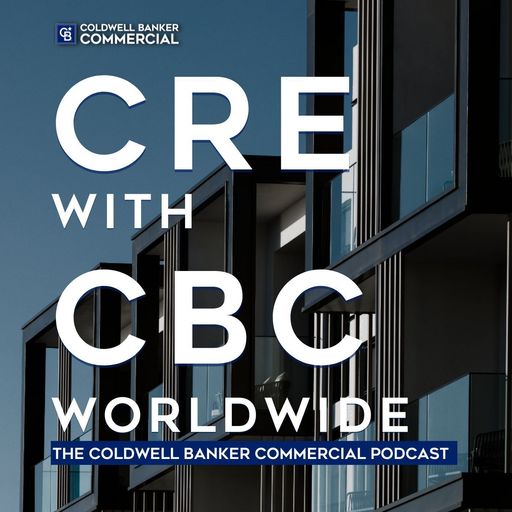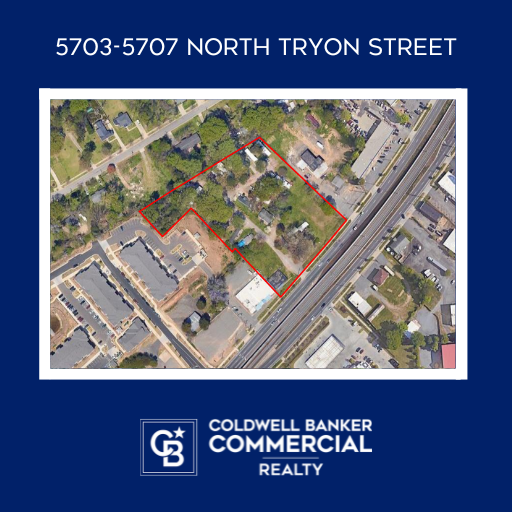Inflation? Stagflation? What Happens if Prices Keep Climbing?

The prevailing thought about the Federal Reserve stimulating the economy with injections of newly printed money, to rebound from the COVID-19 pandemic, is that inflation will be temporary. The Fed has assured us that as production gets back to normal, prices will come down to stabilized levels and this will keep our economic engine humming as it did before the pandemic. But what if higher labor costs and rising housing expenses are the new normal and don’t come back down?
While the Fed has tools to keep inflation in check, there is a possibility that these tools (such as raising interest rates) will derail our recovery and have a negative ripple effect across the economy as it did in the early 1980s. Below are 4 reasons we may see a high rate of inflation persist over the next few years.
- The Labor Force. Technological breakthroughs are changing the world and our labor needs are not nearly as high as they have been in the past. Every decade since the 1800’s people have been working fewer hours. Millennials and Generation Z are more focused on finding work-life balance than pursuing long work weeks. These groups now comprise the majority of the labor market and combined with the retiring baby boomers, we may find a scarcity in our labor market that keeps wage growth high. In addition, large unemployment benefits have allowed workers to remain unemployed while they search for jobs with a higher satisfaction rate than they had in the past. If wage growth leads to higher purchasing power and lower corporate profits, we could see a needed benefit for the lower-income earners. However, it is more likely profits will remain high as the additional cost of labor is passed along to consumers in the form of higher prices. This may erode any additional benefits workers see from higher wages, as their buying power remains the same or becomes lower if the cost of goods rises faster than wages.
- The Real Estate Market. Housing prices have skyrocketed by as much as 15% this year. The Consumer Price Index, which measures inflation, deems housing an investment and does not include the cost in its reported numbers. This may cause the Fed to be slow to react to the true increase in the cost of living. Renters will see landlord’s increasing rents to adjust for higher acquisition costs. Increased prices are due to a shortage of available properties, as well as new construction costs skyrocketing due to the unavailability of materials and labor that were set off by the pandemic shut down.
- The US Dollar. Similar to what we are seeing today, the 1970’s had high inflation, low productivity, and high unemployment—which became known as stagflation. Inflation only became under control after the Fed drastically raised interest rates, which pushed the economy into a recession in the early 1980’s. Financial markets believe this will not happen again because we are not dealing with the rising cost of oil and decoupling of the dollar from the gold standard like we were in the 1970’s. However, we have new pressures that we need to consider that may affect our recovery. Not only are we dealing with a huge increase in housing prices, but (similar to coming off the gold standard) we have new monetary instruments available in the form of cryptocurrencies, such as Bitcoin. If inflation puts the US Dollar at risk of devaluation, people may choose to buy more cryptocurrency as a hedge against the dollar, causing a loss in its purchasing power.
- Supply Chain and International Trade. We have benefited from ‘just-in-time’ inventory for the past two decades. Products have been available as needed and shipped from whichever foreign or domestic supplier that has been able to produce and export them at the best price point. The Pandemic has made us reevaluate our reliance on this type of supply chain and there is a big push for more reliance on domestic manufacturing. While this will increase reliability for product delivery, it will also cause prices to increase as we shift manufacturing from countries with low cost of living and labor costs to our country with higher-paid workers and a higher cost of living.
Hopefully, the Fed will be correct and we will see lower prices and increased availability of products soon. However, if the above economic pressures prevail, we will see a prolonged period of inflation. If this is the case, the best investments will be in assets that can increase income without losing customers and the worst investment will be those with fixed rates of return. Investing in stocks that concentrate on consumer staples will be better than stocks with high dividend yields—and investing in leased commercial real estate will be better than investing in opportunities such as fixed-rate bonds.
Dan Stiebel, CCIM, is a commercial associate broker with Coldwell Banker Commercial Schmidt Realtors based on Traverse City, Michigan. Steibel is among the top 2% of Coldwell Banker Commercial professionals in the U.S. and Canada.
A Trusted Guide in Commercial Real Estate
Coldwell Banker Commercial® provides Commercial Real Estate Services from Property Sales and Leases, to Property Management. Learn how our expansive network of Independently Owned and Operated Affiliates and Real Estate Professionals use their in-depth knowledge of the local market and industry trends to help businesses and investors navigate the complexities of the commercial real estate landscape.






